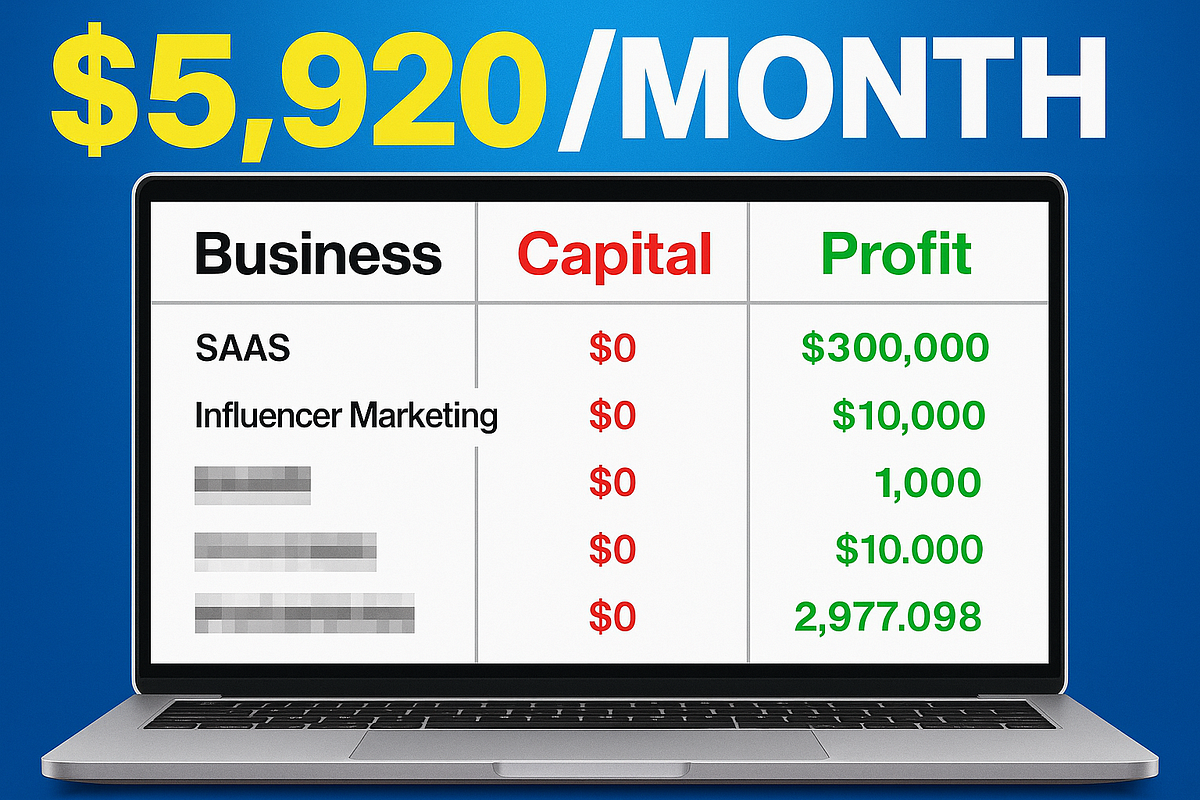Crypto Asset Management Market Size, Share, Trends, Opportunities, Key Drivers and Growth Prospectus
Global crypto asset management market size was valued at USD 717.11 million in 2023 and is projected to reach USD 4413.01 million by 2031, with a CAGR of 25.50% during the forecast period of 2024 to 2031.
Crypto asset management refers to the systematic process of managing digital assets such as Bitcoin, Ethereum, and other cryptocurrencies. It includes portfolio management, security, regulatory compliance, and risk management. Crypto asset management platforms offer tools to monitor, trade, store, and optimize investments. The growing popularity of cryptocurrencies among institutional and retail investors has led to a surge in demand for robust management solutions. As the digital asset ecosystem expands, managing these assets with professional strategies becomes essential for maximizing returns and reducing risks.
Market Size
Global crypto asset management market size was valued at USD 717.11 million in 2023 and is projected to reach USD 4413.01 million by 2031, with a CAGR of 25.50% during the forecast period of 2024 to 2031.
For More Information-https://www.databridgemarketresearch.com/reports/global-crypto-asset-management-market
Market Share
The crypto asset management market is moderately fragmented, with a mix of traditional financial institutions and fintech startups. Key players include Coinbase, Binance, Gemini, BitGo, and Fidelity Digital Assets. These companies account for a major portion of the market, offering both custodial and non-custodial solutions. Coinbase, for instance, has a significant share due to its integrated platform and regulatory compliance. BitGo is prominent in institutional crypto custody services. Binance is expanding its asset management offerings globally. Traditional firms like Fidelity are bringing trust and established practices to digital assets. The entrance of new players is intensifying competition and encouraging innovation.
The Evolution
The crypto asset management market has evolved rapidly over the past decade. In the early 2010s, cryptocurrency investments were limited to individual enthusiasts and lacked formal asset management tools. As Bitcoin gained mainstream attention, the need for secure storage and portfolio management became evident. Early solutions were basic wallets with limited features. As the market matured, sophisticated platforms emerged, offering integration with exchanges, automated trading strategies, analytics, and tax reporting. The introduction of decentralized finance (DeFi) added another layer of complexity and opportunity, with yield farming, staking, and lending becoming common practices. Regulatory developments have also shaped the market, encouraging compliance and fostering institutional adoption. Today, the industry includes hedge funds, robo-advisors, and full-service platforms tailored to both retail and institutional investors.
Market Trends
One key trend is the rise of institutional participation. Hedge funds, family offices, and pension funds are entering the crypto space, increasing demand for professional management tools. Asset tokenization is also gaining momentum. Real-world assets like real estate and commodities are being converted into digital tokens for easier trading and management. This trend is expanding the scope of crypto asset management beyond traditional coins. Integration of artificial intelligence (AI) and machine learning is improving portfolio optimization and risk assessment. AI-powered tools are enabling real-time data analysis, sentiment tracking, and predictive modeling. Decentralized autonomous organizations (DAOs) are emerging as a new governance model for managing crypto funds. These organizations operate on smart contracts and offer transparent, community-driven management. Environmental, Social, and Governance (ESG) considerations are becoming important in crypto asset selection, especially among institutional investors concerned about the carbon footprint of crypto mining. Another significant trend is multi-asset management, where platforms allow users to manage crypto assets alongside traditional investments like stocks and ETFs. This convergence enhances portfolio diversification and investor convenience.
Browse Trending Reports:
Predictive Genetic Counselling Market
Acromegaly Market
Sapphire Camera Market
Incretin Mimetics Market
Inertial Sensor Market
Polybutylene Succinate (PBS) Market
Industrial Pails Market
Padded Mailers Market
Metal Injection Molding (MIM) Market
Medical Billing Software Market
Industrial DeNOx Systems Market
Poultry Feed Yeast Market
Factors Driving Growth
The growing acceptance of cryptocurrencies as a legitimate asset class is a major growth driver. As governments and institutions recognize the value of blockchain technology, confidence in digital assets increases. This leads to broader participation from mainstream investors. The surge in digital transactions and online trading has fueled the need for reliable management solutions. As people diversify their investments into crypto, they seek secure and user-friendly tools. Increased smartphone penetration and internet accessibility have enabled more users to engage with crypto markets, particularly in emerging economies. The rise of fintech platforms and mobile apps has made crypto investing more accessible. Regulatory clarity in major markets is also encouraging adoption. Governments are introducing frameworks for taxation, anti-money laundering (AML), and know-your-customer (KYC) compliance, which enhance trust and attract institutional money. Security advancements are playing a key role. With incidents of hacks and fraud in the early years, the development of secure custodial services and multi-signature wallets has reassured investors. The demand for transparency and control over personal assets is leading more people to manage their crypto portfolios directly. This shift is supported by the availability of non-custodial platforms and self-hosted wallets. Technological innovation is driving growth through smart contracts, cross-chain interoperability, and layer-2 scaling solutions. These advancements improve the functionality and scalability of asset management platforms. Media exposure and educational content are helping demystify crypto investing, reducing entry barriers for beginners and promoting market growth. Partnerships between fintech companies and traditional financial institutions are expanding the reach and credibility of crypto asset management services. The increasing value of digital assets has made wealth management in crypto more significant. As portfolios grow, users seek professional tools to track performance, rebalance assets, and minimize taxes. The demand for yield-generating products such as staking and lending is driving users toward platforms that offer integrated asset management solutions. With the evolution of blockchain ecosystems, new investment opportunities are arising, including NFTs, metaverse tokens, and synthetic assets. These assets require dedicated management strategies, fueling the need for comprehensive platforms. Competitive pricing and low management fees are making these platforms attractive to cost-conscious investors.
Contact Us:
Data Bridge Market Research
US: +1 614 591 3140
UK: +44 845 154 9652
APAC : +653 1251 975
































































![https //g.co/recover for help [1-866-719-1006]](https://newsquo.com/uploads/images/202506/image_430x256_684949454da3e.jpg)


























![How Smart PMs Scale Their Careers in Any Org [TPG Live Recap]](https://tpgblog.com/wp-content/uploads/2025/06/2025-06-12-thumbnail-action.png?#)
















































